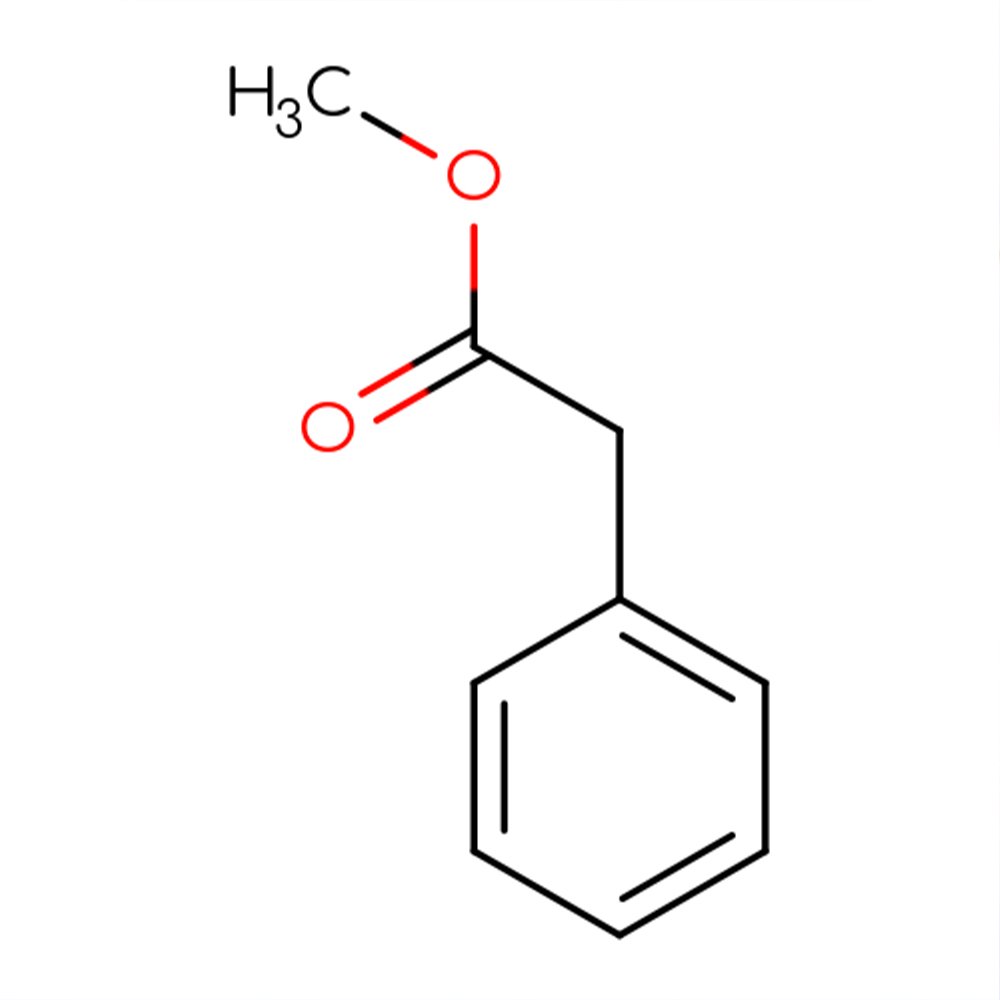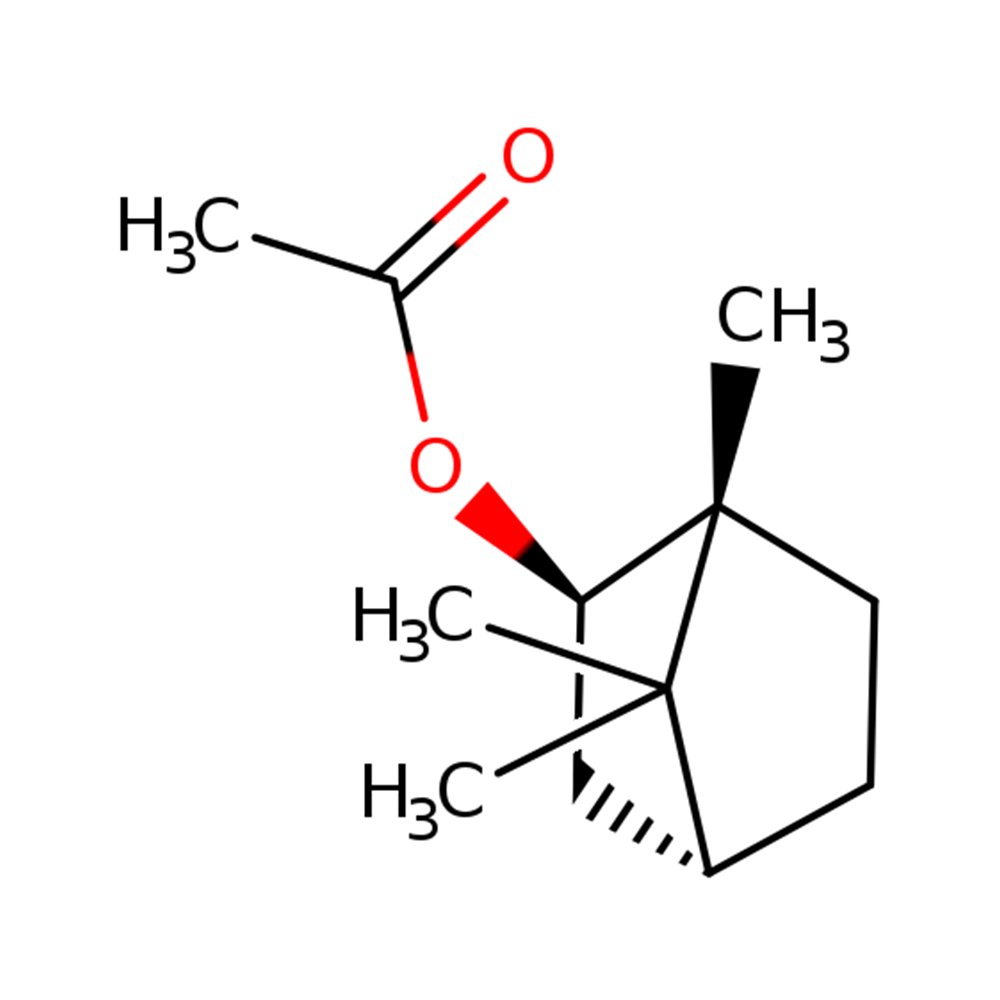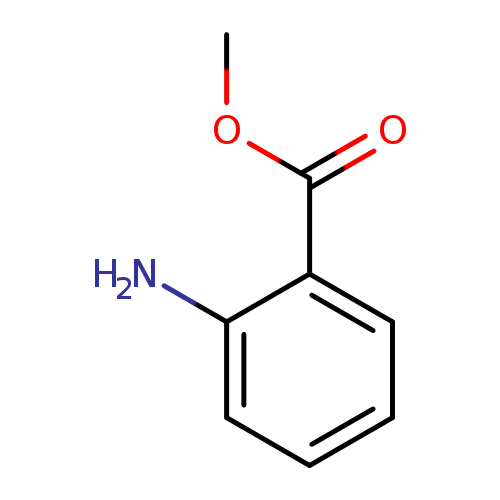 Image 1 of 2
Image 1 of 2

 Image 2 of 2
Image 2 of 2



Delta Dodecalactone
Synthetic Ingredient for Perfumery
Delta-Dodecalactone is a synthetic fruity-lactonic compound classified as a δ-lactone with a 12-carbon backbone. It delivers a peachy, milky, coconut-like aroma and plays a key bridging role between fruity and creamy facets. Used in aldehydic perfumes, heavy florals, and gourmand bases, it enhances roundness and volume. It is also applied in flavor formulations at trace levels to mimic butter, pear, or stone fruit notes.
Synthetic Ingredient for Perfumery
Delta-Dodecalactone is a synthetic fruity-lactonic compound classified as a δ-lactone with a 12-carbon backbone. It delivers a peachy, milky, coconut-like aroma and plays a key bridging role between fruity and creamy facets. Used in aldehydic perfumes, heavy florals, and gourmand bases, it enhances roundness and volume. It is also applied in flavor formulations at trace levels to mimic butter, pear, or stone fruit notes.
Synthetic Ingredient for Perfumery
Delta-Dodecalactone is a synthetic fruity-lactonic compound classified as a δ-lactone with a 12-carbon backbone. It delivers a peachy, milky, coconut-like aroma and plays a key bridging role between fruity and creamy facets. Used in aldehydic perfumes, heavy florals, and gourmand bases, it enhances roundness and volume. It is also applied in flavor formulations at trace levels to mimic butter, pear, or stone fruit notes.
Technical Ingredient Overview
🏭 Manufacturer — Firmenich
🔎 Chemical Name — δ-Dodecalactone
🧪 Synonyms — 5-Hydroxydodecanoic acid δ-lactone; δ-Laurolactone; 6-Heptyloxan-2-one
🧬 Chemical Formula — C₁₂H₂₂O₂
📂 CAS — 713-95-1
📘 FEMA — 2401
⚖️ MW — 198.31 g/mol
📝 Odor Type — Fruity-lactonic
📈 Odor Strength — Medium
👃🏼 Odor Profile — Peach, creamy, coconut, milky. Fresh-fruity, oily odor with good tenacity. The odor is more fruity than gamma-Dodecalactone and not as musky.
👅 Flavor Profile — It has a taste reminiscent of pear, peach, and plum.
⚗️ Uses — This lactone is relatively new and has an interesting effect in aldehydic perfumes, heavy florals (such as gardenia and tuberose), and other new notes. It is used in flavor compositions in very small amounts to imitate butter and pear, as well as in various fruit complexes.
🧴 Appearance — Colorless to pale yellow liquid
What is δ-Dodecalactone?
δ-Dodecalactone is a six-membered δ-lactone with a 12-carbon chain, known for its fruity, creamy, coconut-like aroma. It is naturally present in trace amounts in milk fat, coconut, and ripe stone fruits like peach. It plays a bridging olfactory role between fruity and dairy notes, making it a versatile molecule in both flavor and perfumery applications. Industrially, it can be synthesized by Baeyer–Villiger oxidation of 5-hydroxydodecanoic acid or obtained biotechnologically via microbial fermentation of fatty acid precursors (Advanced Biotech, 2025; PubChem, n.d.).
Historical Background
δ-Dodecalactone was first identified as a volatile compound responsible for the creamy, coconut-like note in heated milk fat by Patton and colleagues in the 1950s. Its definitive isolation was documented by Tharp and Patton (1960) in evaporated milk, quantifying it as a key component of dairy lactones. The link between its presence in ripe peaches was later confirmed by Do et al. (1969) via gas chromatography, establishing its dual relevance in both dairy and fruit profiles. Industrial synthesis became widespread in the 1980s through Baeyer–Villiger oxidation routes. In 2001, IFF introduced optically active (+)-δ-dodecalactone to improve realism in perfumery applications. Today, both racemic and chiral forms are available, with biotechnological production methods gaining traction due to sustainability concerns.
Key Milestones in the History of δ-Dodecalactone
1954 – Early evidence
Linked δ-lactones to 'coconut-like' defect in milk fat (Patton et al.)
Source: Science, 119, 218–2191960 – Isolation in milk
Tharp & Patton isolated δ-dodecalactone via steam distillation
Source: J. Dairy Sci., 43, 475–4791969 – Fruit origin confirmed
Do et al. detected δ-dodecalactone in peach aroma by GLC
Source: J. Food Sci., 34, 618–6211984–1994 – Industrial scale
Baeyer–Villiger synthesis adopted by flavor houses
Source: CN 102382089 B2001 – Chiral innovation
IFF launched enantiopure (+)-δ-dodecalactone
Source: US 6,271,194 B12010s – Green synthesis
Zeolite catalysis improves yield, reduces waste
Source: CN 102942548 B2020s – Biotech era
Microbial conversion of ricinoleic or grapeseed oil
Source: Front. Microbiol., 13, 888437
Olfactory Profile
δ-Dodecalactone belongs to the fruity-lactonic scent family. Its main descriptors are:
Peach nectar, Coconut cream, Condensed milk, Buttery undertones
It is a medium-impact material with high tenacity, persisting for over 10 days on a paper blott. Its volatility is moderate (log Kᵥ ≈ –5.5), allowing it to act both as a heart and base note extender. The molecule has a synergistic effect with other lactones like γ- and δ-decalactone, aldehydes like C-14 peach (methyl-n-heptenone derivative), and musky ionones, where it enhances plush and creamy effects in fruity accords (Arctander, 1969)
Applications in Fine Fragrance
In perfumery, δ-Dodecalactone is used in fruit accords, especially peach and apricot, and in gourmand compositionsfor its milky-coconut undertones. Example accords include:
Peach-Cream Accord
δ-Dodecalactone (0.3%) + Aldehyde C-14 (0.05%) + α-Ionone (0.2%)
Tropical Coconut Milk Accord
δ-Dodecalactone (0.5%) + γ-Nonalactone (0.4%) + Verdox (0.3%)
Notably, δ-Dodecalactone is listed as a key creamy-fruity note in Pink Palm by Good Chemistry (2024). It is also used to soften sharp top notes and improve the bloom and diffusion of compositions.
Suggested usage levels:
Fine fragrance: 0.05–1%
Functional fragrance (e.g. fabric softeners): up to 1.5%
It enhances volume and warmth without heaviness and is often used to reinforce gourmand facets in chocolate, custard, or vanilla bases (Bedoukian Research Inc., 2010).
Performance in Formula
δ-Dodecalactone demonstrates excellent stability under typical formulation conditions:
Thermal stability: Stable up to 50 °C
pH compatibility: Stable in the range 4–8
Solubility: Insoluble in water, but miscible with alcohols, esters, and fixed oils
Fixative effect: Secondary fixative; prolongs fruity heart notes
Reactivity: Stable with most fragrance ingredients but can hydrolyze in strong alkaline systems
It contributes softness and tenacity to top-heavy fruity formulas and serves as a smoothing agent for aldehydes and crisp floral notes (Advanced Biotech, 2025).
Industrial & Technical Uses
In addition to perfumery, δ-Dodecalactone is widely used in the flavor industry:
Dairy analogues (e.g., butter, cream flavor)
Beverages
Fruit-flavored desserts
Vegan milks
Concentration typically ranges from 2 to 80 ppm in food products (FEMA, 2001).
| Framework | Status |
|---|---|
| IFRA 51st | Not restricted |
| EU Cosmetics Regulation (1223/2009) | Not listed as an allergen |
| GHS Classification | Not hazardous |
| REACH | Registered |
| FEMA | 2401, GRAS |
| JECFA | No safety concern at current intake (JECFA, 2000) |
| Toxicology | LD₅₀ (oral, rat) > 5000 mg/kg; LD₅₀ (dermal, rabbit) > 5000 mg/kg (Advanced Biotech, 2025) |
Sources
Advanced Biotech. (2025). Safety Data Sheet: Delta Dodecalactone Natural. https://prod.adv-bio.com/SDS-US/1587sdsus.pdf
Arctander, S. (1969). Perfume and Flavor Chemicals (Aroma Chemicals). Self-published.
Bedoukian Research Inc. (2010). Chocolate Accord Demo Formula.
FEMA. (2001). Flavor and Extract Manufacturers Association GRAS List.
Good Chemistry. (2024). Ingredient Disclosure: Pink Palm.
JECFA. (2000). Safety Evaluation of Certain Food Additives: δ-Dodecalactone.
PubChem. (n.d.). delta-Dodecalactone. https://pubchem.ncbi.nlm.nih.gov/compound/713-95-1





